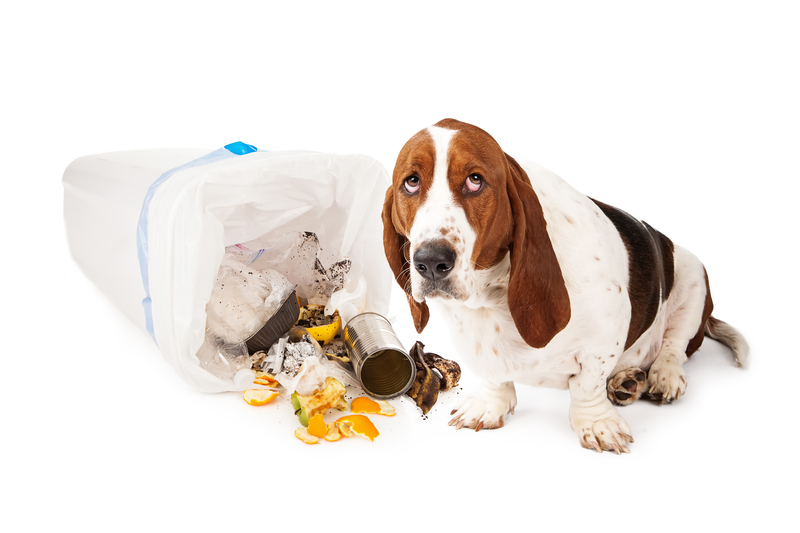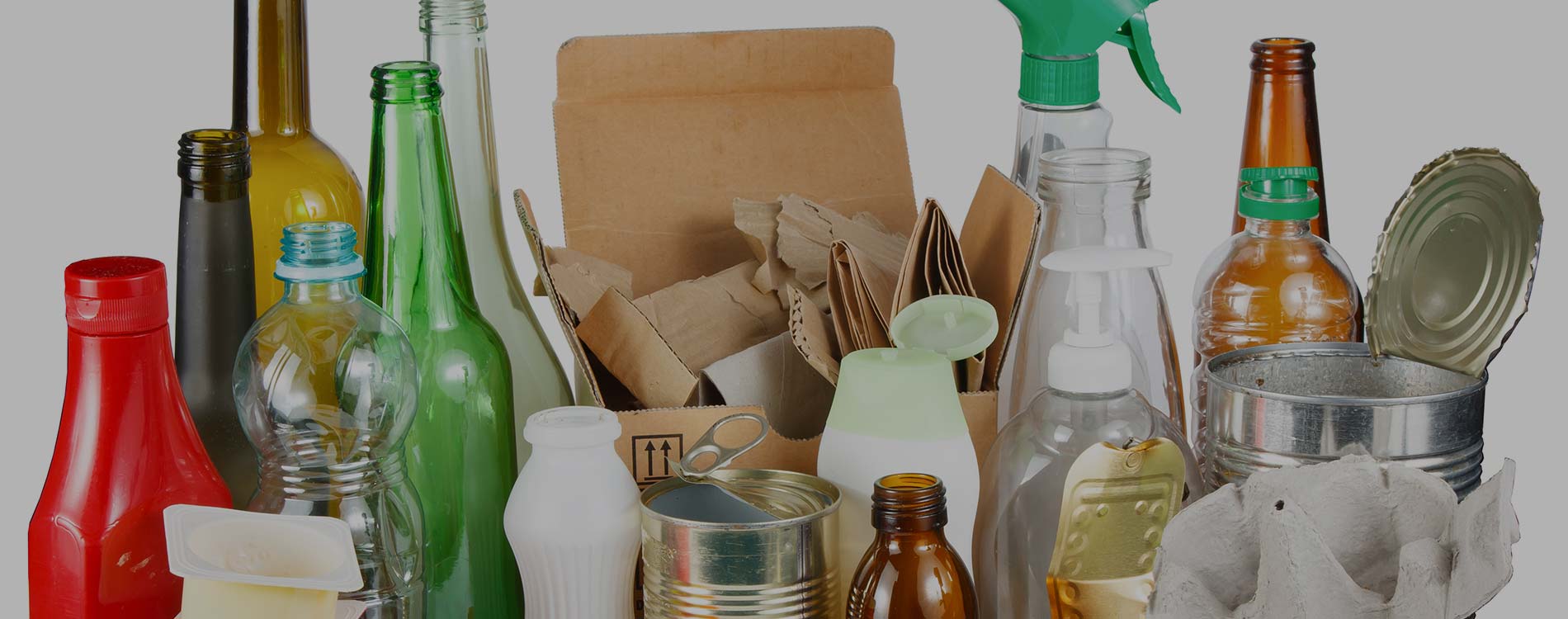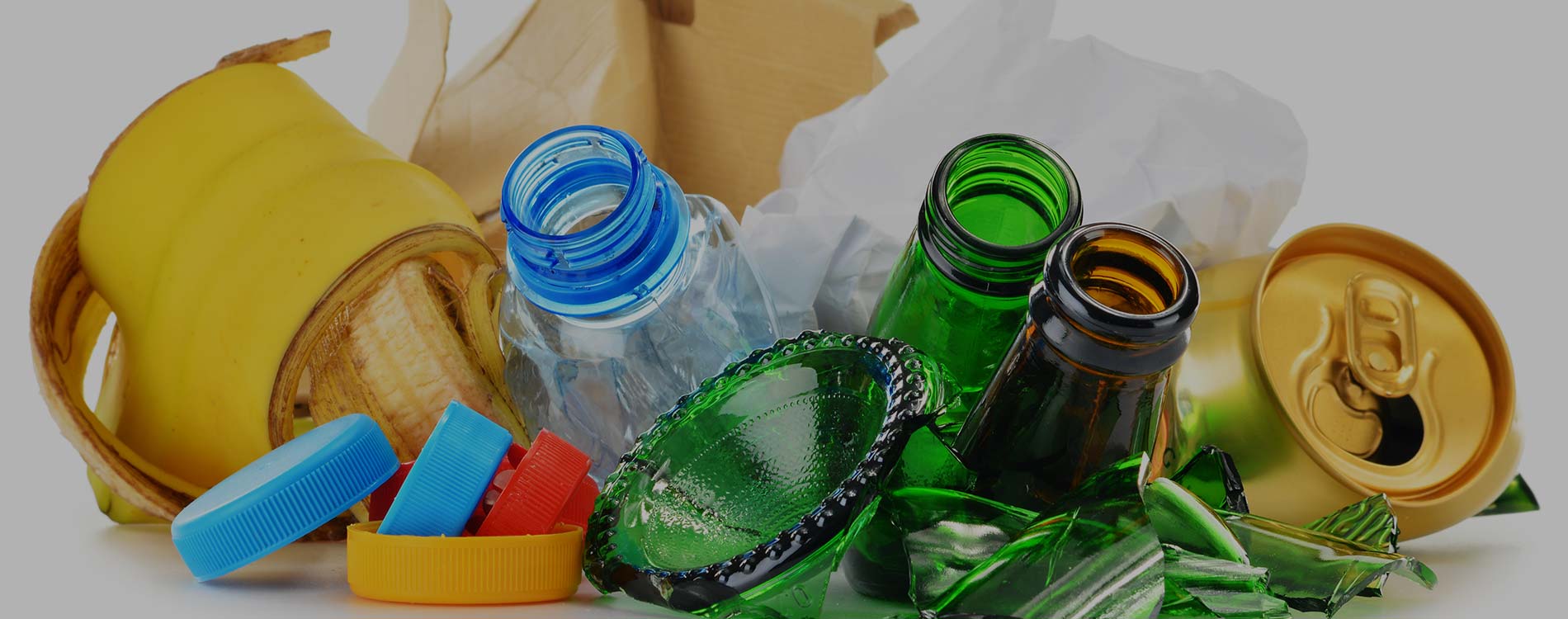Strategic Tips to Improve Your Household Recycling Practices
Posted on 28/08/2025
Strategic Tips to Improve Your Household Recycling Practices
Recycling at home is more crucial than ever in addressing global environmental challenges. However, simply throwing materials into the recycling bin isn't enough. Employing strategic tips to improve your household recycling practices can significantly boost the effectiveness of your efforts, lower your waste output, and help conserve our planet's valuable resources. In this comprehensive article, you'll learn actionable methods to make your domestic recycling more efficient, accurate, and impactful.

Why Enhancing Your Household Recycling Habits Matters
Many items we use daily--plastics, metals, paper, glass--can have a new life if recycled properly. Enhancing your recycling habits at home reduces landfill contributions, saves energy, and minimizes pollution. By understanding and applying effective recycling strategies, you can make a real difference in your community and protect the environment for future generations.
1. Educate Yourself About Local Recycling Guidelines
Every municipality has its own unique rules and restrictions. Thus, the first step in improving your household recycling practices is to get familiar with what your community accepts.
- Visit your city's website: Look for a section devoted to recycling rules and schedules.
- Download printable guides: Many local governments provide PDFs you can print and post in your home.
- Identify key do's and don'ts: List items that can and cannot be recycled curbside.
Recycling rules can vary dramatically. For instance, some areas accept all plastics except plastic bags; others only process numbered types. Mismatched recycling leads to contamination--a main reason why many well-meant recyclables end up in landfills.
2. Implement an Organized Recycling Station at Home
Having a designated, orderly spot encourages everyone in your household to participate in correct recycling. Here's how you can set up an effective station:
- Use multiple bins: Distinguish bins for paper, plastics, metals, and glass (if separated in your area).
- Clear labels: Use bold, graphic labels to prevent mistakes.
- Location matters: Place the recycling station in a convenient, high-traffic area such as the kitchen or garage.
- Provide easy cleaning tools: Stock a sponge or brush nearby to rinse containers before recycling.
3. Follow the "Clean, Dry, and Empty" Rule
Contaminated materials can ruin entire batches of recycling. Always rinse bottles, jars, and containers before tossing them in the bin. Remember:
- Food residue = contamination: Counteract this by quickly rinsing items.
- Keep recyclables dry: Water or moisture can smudge paper, making it non-recyclable.
- Empty all packaging: Remove leftover foods, liquids, or non-recyclable parts.
Making this step a habit will supercharge your household's recycling efficiency and help ensure your efforts don't go to waste.
4. Avoid Common Recycling Mistakes
Even with the best intentions, many people make errors that undermine their recycling impact. Here's what to watch out for:
- Avoid "wish-cycling": Only place items in recycling that are accepted--wishful thinking doesn't help!
- No plastic bags: These often clog sorting machinery; instead, recycle them at designated store bins.
- No greasy pizza boxes, Styrofoam, or hazardous materials: These contaminate the recycling stream.
- Remove caps and lids when required: Some centers process these separately.
For the best results, regularly update your knowledge, as local guidelines can change.
Advanced Strategies for Sustainable Household Recycling
5. Reduce and Reuse Before You Recycle
Avoiding waste is even better than recycling. Use these pre-cycling strategies:
- Buy in bulk: Reduces excess packaging.
- Choose reusable: Consider items like fabric bags, glass containers, and durable water bottles.
- Repurpose creatively: Use old jars for storage, turn boxes into organizers, and upcycle bottles for crafts.
By prioritizing reduction and reuse, you decrease what needs to be recycled and lower your ecological footprint overall.
6. Compost Organic Waste
Composting is an often-overlooked aspect of household recycling practice. Diverting food scraps and yard waste from the garbage bin helps reduce methane emissions at landfills and provides you with nutrient-rich compost for your garden.
- Set up a compost bin: Indoors with a small pail or outdoors with a larger bin.
- Know what to compost: Fruit and vegetable scraps, coffee grounds, eggshells, leaves, and unbleached paper towels (avoid meats and dairy).
- Use compost in your garden: Enrich your soil and close the recycling loop at home.
Proper composting lightens the waste load on recycling facilities and landfill sites while providing a green benefit to your own yard.
7. Purchase and Support Recycled Products
Closing the recycling loop means buying products made from recycled materials. Look for goods featuring post-consumer recycled content:
- Toilet paper, napkins, and paper towels: Opt for high recycled fiber content.
- Office paper and notebooks: Choose brands that use post-consumer recycled paper.
- Plastic and glass containers: Support companies using recycled content in their packaging.
Your purchasing power can drive market demand for recycled materials, supporting a healthy recycling ecosystem.
8. Involve the Whole Family in Recycling Efforts
Recycling works best when practiced by all household members. Encourage your family--especially children--to develop recycling habits:
- Educational activities: Organize games or challenges such as "sorting races" or "upcycling projects."
- Chore rotations: Make recycling part of the weekly task list.
- Positive reinforcement: Celebrate milestones or achievements in reducing waste and recycling more.
Empowering everyone to participate ensures sustainable recycling practices in your home for the long term.
Specialized Tips for Recycling Hard-to-Recycle Items
9. Take Advantage of Community Programs
Items like electronics, batteries, light bulbs, and appliances usually can't be recycled curbside. Instead:
- E-waste collection events: Search for community drop-off days for electronics and hazardous materials.
- Batteries and bulbs: Many hardware stores offer recycling kiosks for these items.
- Textiles and clothing: Donate gently used items and recycle worn-out fabrics through charity programs or textile recycling bins.
Responsibly recycling these "difficult" items keeps harmful substances out of landfills and ensures safer, specialized processing.
10. Recycle on the Go
Improved household recycling isn't limited to what you do at home. When you're at work, shopping, or picnicking, follow these steps:
- Carry a reusable bag or small container: Stash recyclables until you return home.
- Use public bins properly: Pay attention to signage and separation requirements in public places.
- Advocate for better facilities: Suggest improvements or additional bins to local businesses and organizations.
Tracking and Improving Your Recycling Progress
11. Audit Your Waste and Recycling
Do periodic reviews of your waste streams. This strategy helps identify new ways to reduce or recycle more. To perform a waste audit:
- Sort your trash for a week: Note which categories are largest.
- Set goals: Aim for specific reductions (for example, less plastic packaging).
- Track improvement: Revisit your audit results monthly to chart progress.
This empowers your household with continuous improvement, leading to long-term positive environmental impacts.
12. Stay Informed and Adapt to Changes
Stay up-to-date with evolving recycling technologies and municipal changes:
- Subscribe to local newsletters: Get the latest recycling news from your municipality.
- Follow environmental organizations: Learn about state-wide campaigns, innovations, and new recycling opportunities.
- Join community clean-ups: Engage with local groups to broaden your impact and share knowledge.
Adapting to new information ensures your recycling effectiveness keeps pace with modern environmental demands.

Key Takeaways: Building Effective Home Recycling Practices
- Know your local recycling rules and update often.
- Establish an organized, labeled recycling station.
- Always rinse, clean, and dry recyclables.
- Go beyond recycling: reduce and reuse first, compost organics, and support recycled products.
- Include the whole family and track your progress for ongoing improvement.
Strategic household recycling isn't just about sorting waste--it's a lifestyle change that yields major benefits for the environment, your health, and your community. The next time you toss a recyclable item in the bin, remember: a little planning and knowledge can make a big difference.
Conclusion: Make Every Effort Count
Improving your household recycling habits is an impactful way to contribute to a greener, cleaner world. Through effective organization, education, and ongoing enthusiasm, you can ensure that your recycling really does make a difference. Adopt these strategic tips for better recycling practices at home and inspire others in your community to do the same. Our planet--and future generations--will thank you for it.

 020 3744 2205
020 3744 2205











